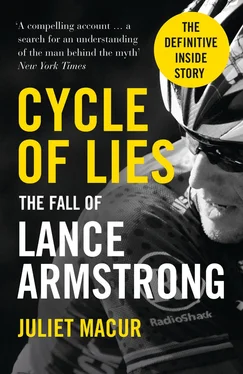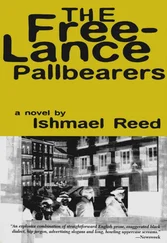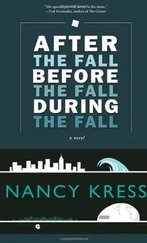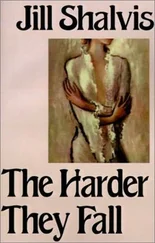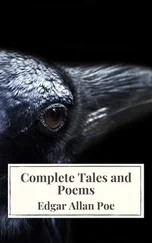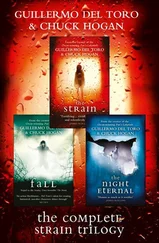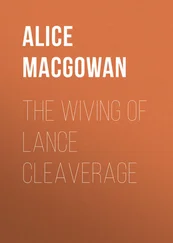On an income of $12,000 a year, and with the help of a local benefactor named J.T. Neal who had taken Armstrong in, he lived in a studio apartment for $200 a month. He dressed it up with an oversized black leather couch, a matching chair and, above the fireplace, a red-white-and-blue colored skull of a Texas longhorn.
From a cramped studio to a sprawling estate: a reflection of Armstrong’s ascension into modern American sainthood—a cancer survivor who beat the world’s best cyclists in a grueling race, dated anyone he wanted and made millions in the process.
Armstrong loves this house. He loves its open spaces and floor-to-ceiling windows. He loves the lush, landscaped yard where his kids play soccer, and the crystalline pool (a “ negative-edge pool, not an infinity pool, get it right”). Behind the house are rows of towering Italian cypresses.
He moved here in 2006 after winning a record seventh Tour de France. He once said the place was his safe house—inside it, “nobody’s going to mess with me.” Having eluded near-constant attempts to expose his doping, he could take a left down the main hallway, then a quick right, and disappear into his walk-in wine closet to grab a bottle of Tignanello and toast his good luck.
On a table next to a couch is a 36-inch model of the Gulfstream jet that had been Armstrong’s favored means of long-distance flight. It’s white with black and yellow racing stripes. He and his buddies often stood up when the plane took off, “surfing” as it rocketed into the sky. Armstrong had sold the plane for $8 million in December 2012, as he braced himself for the inevitable legal fees that would follow USADA’s exposé of his cheating.
Just as we settle into his media room on the big house’s second floor, his twin daughters, Grace and Isabelle, burst in. The preteen girls are replicas of their mother, Kristin: beautiful and blonde. Their open smiles reveal gleaming silver braces.
“Hi, Dad! Did you buy those skirts for us off the Internet?” Isabelle asks as she and her sister use the couch as a trampoline.
“Yeah, Dad, did you buy the skirts?” Grace seconds.
“No, not yet,” Amstrong says. “It’s almost time I had a beer. It would be nice if one of you ladies got me a beer. Shiner Bock.”
Grace shouts, “Shiner Bock! Don’tcha know, it’s a beer—that’s B-O-C-K. It’s not a twist-off.”
Once he has the beer in hand, Armstrong looks at me and says, “So this is my awful life. Just so awful.”
He says how much he likes having kids in the house—children are transparent and pure, too young to con him. I ask if he feels like people have taken advantage of him, if he feels used.
“Uh, yeah,” he says.
“Who?”
“Everybody. Get in line.”
The kid who once decorated his living room with a steer head has become a collector of sophisticated, expensive art. His sensibilities are apparent, if perplexing. Upon entering his house you see a panel of stained glass eleven feet tall and five feet wide that, upon closer inspection, is actually a panel comprised of hundreds of colored butterflies—a Damien Hirst piece called The Tree of Life . Hirst is known for his provocative installations (e.g., a severed cow’s head being feasted on by maggots in a glass case). In 2009, when he decorated an Armstrong racing bike with butterflies, the animal rights group People for the Ethical Treatment of Animals called the work “horrific barbarity.”
The more I see of Armstrong’s art throughout the house, the odder his curatorial eye seems. To call his choices dark is to be kind, to call them controversial is too simple. All Armstrong will say of any of them is that they are “fucking cool.”
Look, though: Above the fireplace in the expansive formal dining room, flanked by marble bowls made to contain a church’s holy water, is a photograph of urine and blood called Piss and Blood No. VII . It is by Andres Serrano, the photographer made infamous for his 1987 photo of a plastic crucifix in the artist’s urine. There is something harmonic in being in the same room as both the photograph and an athlete who claims to have passed hundreds of urine and blood drug tests.
On the far side of the room is Armstrong’s office, dimly lit, built of dark shades of wood: a spot to brood. Sitting at his desk in a corner, Armstrong has a direct view of his Tour de France trophies—seven deep purple porcelain cups with delicate gold designs—perched high on the wall atop bookshelves, each in its own spotlight, each luminescent.
To the left of his desk is artwork that may speak to his broken relationships with family, friends, lovers, teammates. A sepia-hued photograph by Luis González Palma shows a man and a woman in an embrace, dancing. Or are they really? A second look and I see spikes protruding from their backs. Armstrong would admit only that the piece is gloomy.
And then there is the Jesus art.
To the right of his desk is a seventeenth-century Spanish painting of the crucifixion that takes up nearly the entire wall. Four women pray at the feet of Christ, his head slung and crowned by a glowing gold halo. Years ago, the painting hung inside the chapel Armstrong had built for his ex-wife, a Catholic, inside their home in Girona, Spain. He himself is not a religious man. He says he considers organized religion to be gatherings of hypocrites.
Around the corner from his office, overlooking a stairwell, there is another vision of the crucifixion. The piece’s full effect is apparent only from certain angles, where an image of Christ nailed to the cross comes into view.
“One man has taken the blame for a thousand sins,” Armstrong says. But even in the presence of these crucifixes, he is talking about himself. Like he wants me to write that he has been made a martyr for cycling’s century of dopers and this is the way to make sure I do.
He walks over to a coffee table in his office and picks up a sculpture—an arm from hand to elbow. The sculpture, by Japanese artist Haroshi, is made with many layers of pressed skateboards. The sculpture’s middle finger is sticking up.
“This is pretty much the story of my life,” he says. Then he shoves the sculpture in my face. I notice Armstrong’s hands. On each palm, there is a small wound where he’ll tell me a doctor burned away a couple of cysts. I think of the stigmata.
“Fuck you,” he says, laughing.
Seven years ago, he told his three oldest children from his failed marriage—Luke, Grace and Isabelle—that they would graduate from high school while living in the house by the big oak tree. He owed them that. They had followed him from Texas to France to Spain countless times. At last they could plant some roots. “I promise,” he said. “Dad’s not moving again.” They would live six minutes from their mother, Kristin, and could count on the familiarities of the giant kitchen table surrounded by black-and-white photos of their family. They knew where Dad would be on most weeknights—on a couch in front of the TV, watching CNN’s Anderson Cooper 360° . In the summer of 2012, Armstrong built an addition onto the first floor so his growing family would have a seventh bedroom. Already, the house was his headquarters. He lived there with his girlfriend, the willowy blonde Anna Hansen, and their two children, four-year-old Max and two-year-old Olivia, a Shirley Temple lookalike. Armstrong and his clan had planned to stay here, safe and happy, for a long time.
But now the movers are coming. It’s June 6, 2013, five years before Luke’s expected graduation. In the morning, a line of black trucks will pull into his driveway and out will spill workers in black short-sleeved shirts. Already, the atmosphere is funereal. The movers have already emptied out the 1,633-square-foot guesthouse, a mini-mansion, with its matching tan façade and burnt orange roof.
Читать дальше
